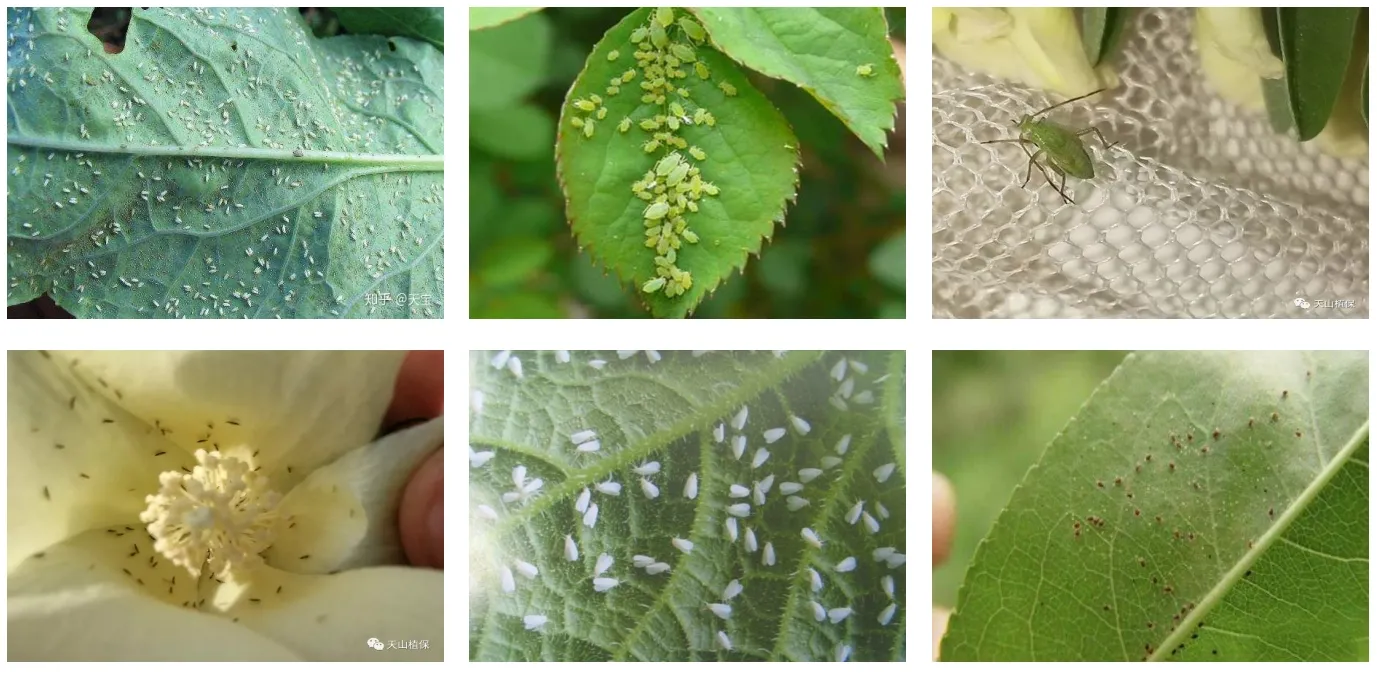
Aug . 14, 2024 08:46 Back to list
Flutriafol SC Safety Data Sheet for Exporters and Handling Guidelines for Safe Use
Flutriafol SC Safety Considerations for Exporters
Flutriafol is a widely used fungicide belonging to the triazole class of chemicals. It is commonly employed in agricultural practices to control a variety of fungal diseases affecting crops. As an exporter of Flutriafol Suspended Concentrate (SC), it is crucial to understand not only the efficacy of the product but also the safety considerations detailed in its Material Safety Data Sheet (MSDS).
Understanding Flutriafol
Flutriafol acts by inhibiting the biosynthesis of ergosterol, a vital component of fungal cell membranes. This mechanism of action makes it effective against a broad spectrum of fungi, including those that cause diseases in cereal crops, fruits, and vegetables. For exporters, it is important to communicate the benefits of Flutriafol to potential clients, emphasizing its role in enhancing crop yield and quality.
Safety and Handling
The MSDS for Flutriafol SC provides essential information regarding safety, handling, and emergency measures. It categorizes the chemical as hazardous and specifies the potential risks associated with exposure. Exporters must ensure that all personnel involved in the handling and transportation of Flutriafol SC are familiar with the MSDS and adhere to safety protocols to prevent accidents.
The MSDS highlights the importance of personal protective equipment (PPE). Appropriate gear may include gloves, goggles, face shields, and respirators to minimize exposure risks. Exporters should provide this information to their workforce, ensuring they are equipped to handle the chemical safely.
Environmental Considerations
flutriafol sc msds exporters

Environmental safety is a major concern when exporting chemicals like Flutriafol. The MSDS outlines the potential impact on aquatic life and recommends measures to prevent spills and contamination during transportation. Exporters must implement stringent practices to mitigate environmental risks, such as using proper containment methods and ensuring that all transport vehicles are equipped to handle spills.
Furthermore, exporters should be aware of and comply with international regulations regarding pesticide transport. Various countries have specific guidelines and restrictions on pesticide import and use. It is vital to stay informed and ensure that all products meet the regulatory standards of the importing country to avoid legal repercussions.
First Aid Measures
The MSDS also includes critical first-aid measures in case of accidental exposure. Knowledge of these procedures can be life-saving and should be disseminated among all employees involved in the handling of Flutriafol SC. Symptoms of exposure may include skin irritation, respiratory issues, or gastrointestinal distress, depending on the level and route of exposure.
In case of contact with skin or eyes, the affected area should be rinsed thoroughly with water for at least 15 minutes, and medical assistance should be sought if symptoms persist. For inhalation cases, moving the affected person to fresh air and contacting healthcare services is recommended. Exporters must maintain first-aid kits on-site and ensure that staff are trained in emergency response procedures.
Conclusion
As exporters of Flutriafol SC, understanding the comprehensive details contained within the MSDS is vital for ensuring safe handling, transportation, and compliance with regulatory standards. By prioritizing safety for both employees and the environment, exporters can foster trust with their clients while promoting a responsible approach to agricultural practices. It is through such diligence that companies can not only thrive in the competitive market but also contribute positively to global agricultural sustainability.
-
Insecticide Spirotetramat 11% + Thiacloprid 11% SC at Good Price
NewsJul.30,2025
-
Best Abamectin SDS - Premium Quality & Reliable Safety Data
NewsJul.29,2025
-
Agrochemicals Pesticides Solutions for Sustainable Farming
NewsJul.29,2025
-
High-Quality Tebuconazole Fungicide for Crop Protection at Best Price
NewsJul.29,2025
-
Chlorfenapyr 8% + Clothianidin 20%SC Pesticide Mixture for Effective Pest Control
NewsJul.28,2025
-
Best Azoxystrobin Difenoconazole Supplier for Crop Protection
NewsJul.28,2025
